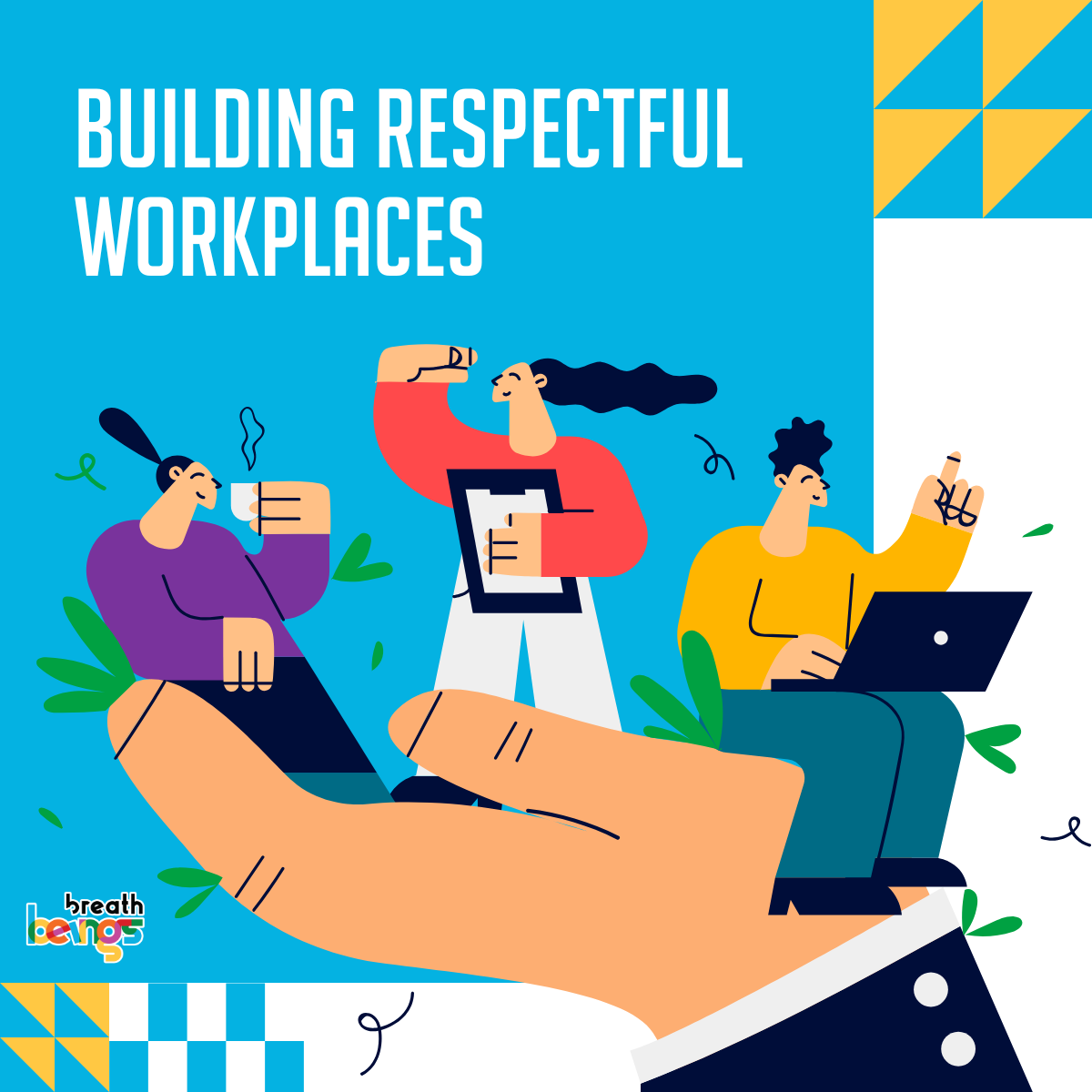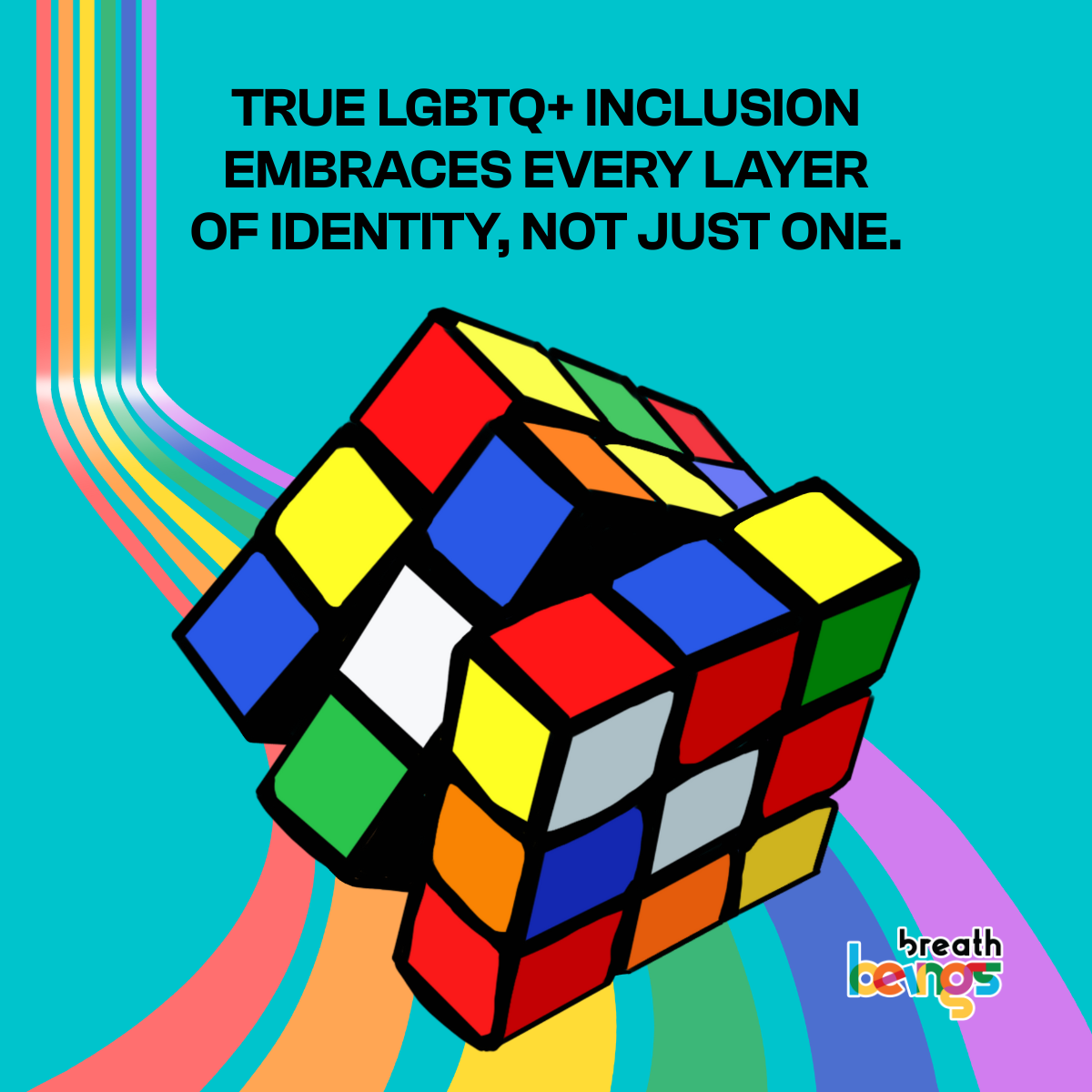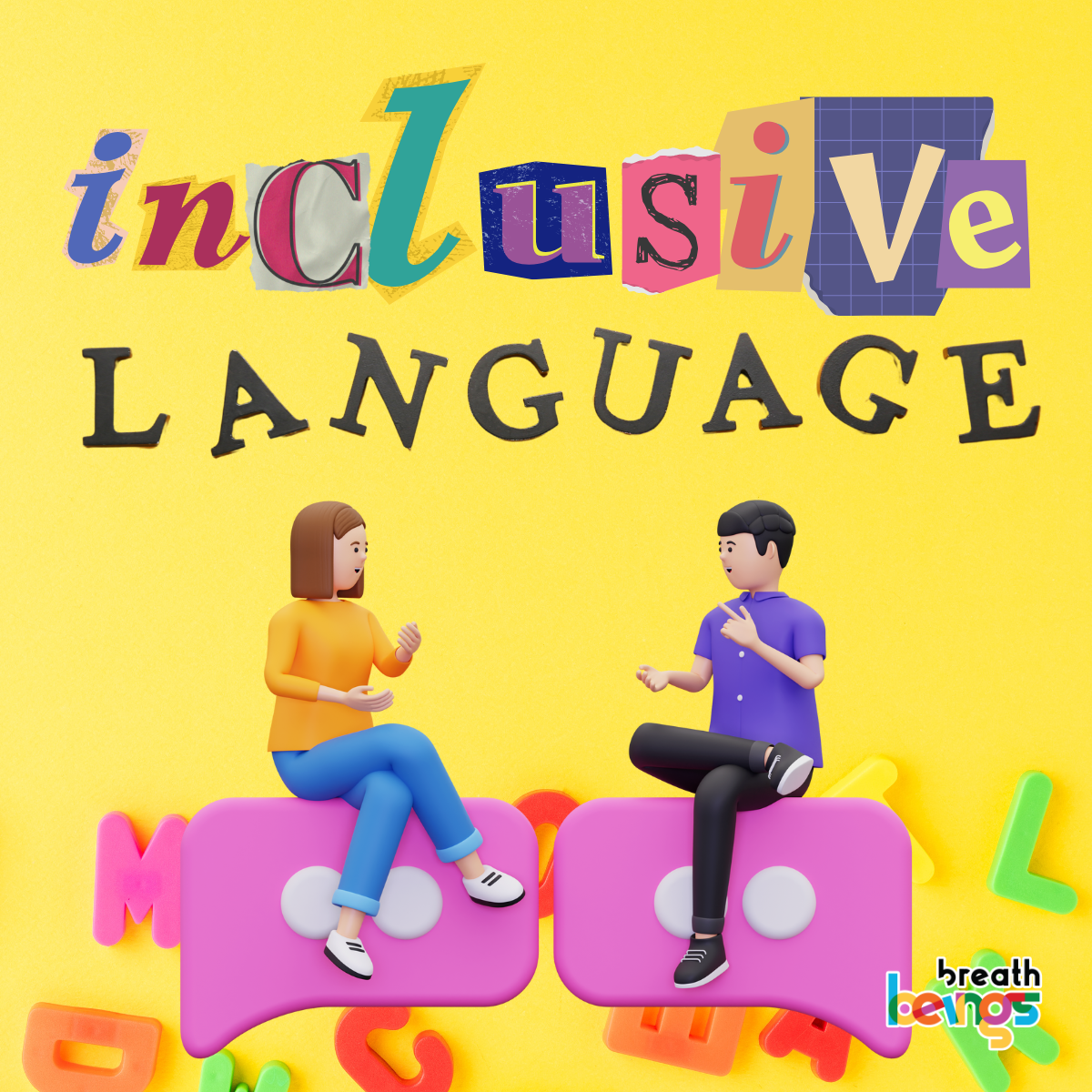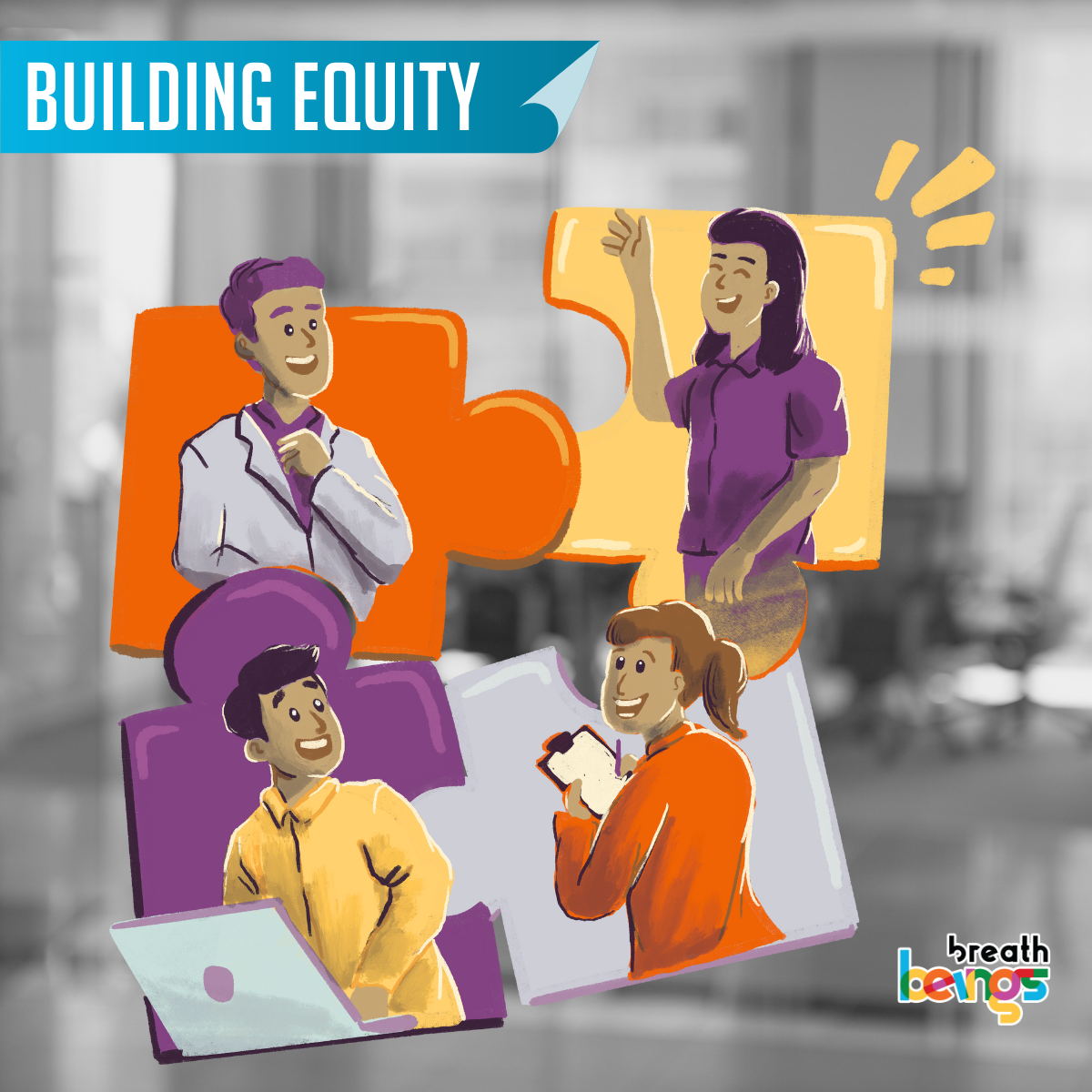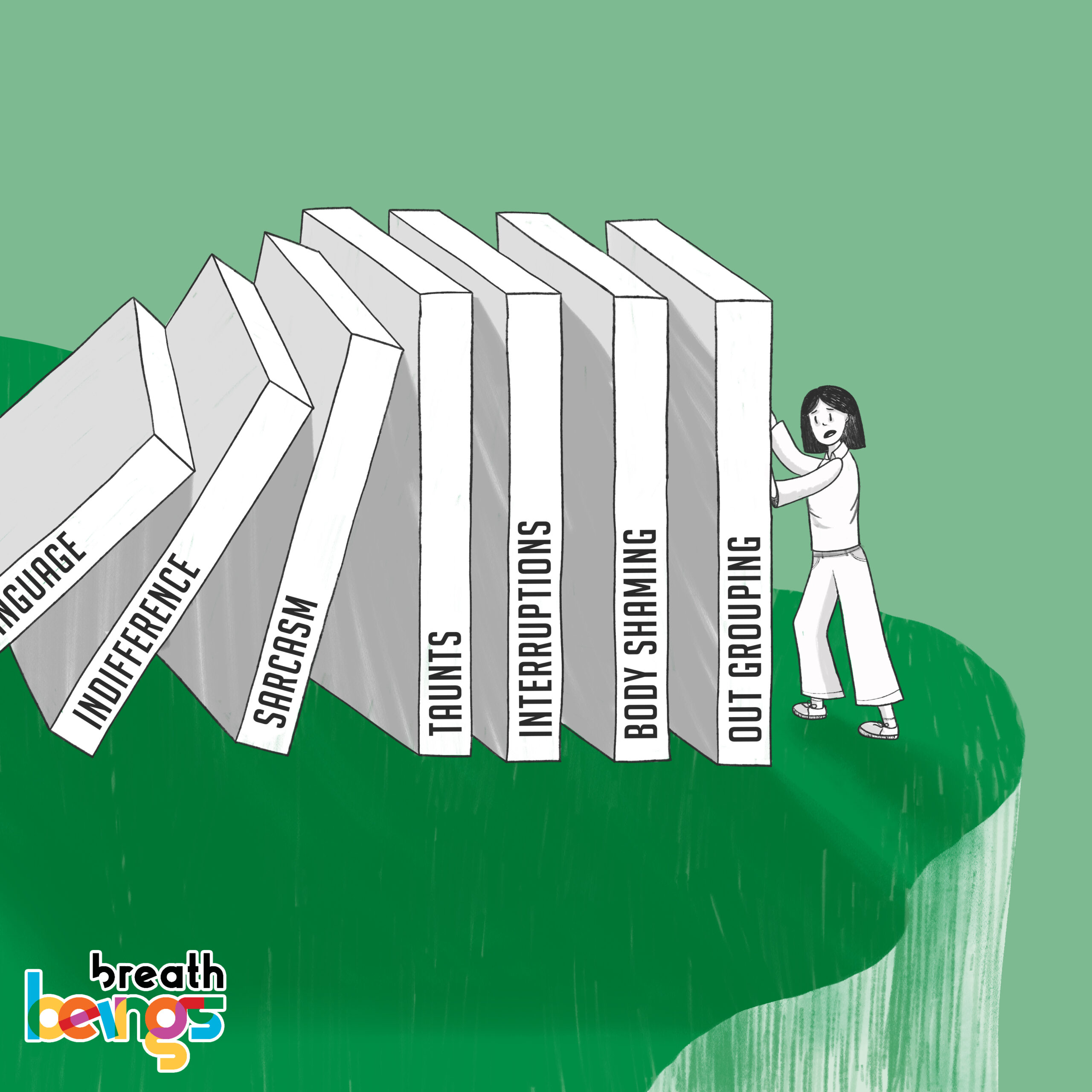Moving from Equality to Equity
Moving from Equality to Equity: How to Foster Truly Inclusive Workplaces
Imagine two employees, Arjun (he/him) and Ameya (she /her). They are all set to embark on their new jobs at the same company.
Theirs is an “equal opportunities employer”. That means the company goes to great lengths to ensure their employees have a good working environment and has implemented steps like diversity and inclusion training in the workplace. They adhere to employment practices that make their employees feel respected and equal. Both Arjun and Ameya join the same team and hence they receive the same benefits and salaries.
Despite the equal opportunities he seems to get, Arjun has a steeper mountain to climb towards workplace success.
What he needs is an equitable workplace.
Equality vs equity
Equality and equity are often used interchangeably. Yet, they are very different concepts.
Equality means providing the same treatment, rights, and opportunities to everyone, regardless of their differing circumstances. It’s about being fair – not discriminating based on individual differences.
Equity, on the other hand, refers to identifying and eliminating barriers by providing varied resources and supports to ensure access to equal opportunities for success.
In a workplace setting, practicing equality would mean having uniform policies, benefits, diversity equity and inclusion training for managers etc. for all employees. Equity, however, goes deeper. Being equitable recognizes that different employees face unique challenges, and have varied histories that affect their ability to access those same opportunities meaningfully.
For instance, providing equal parental leave for all is a measure in equality, but an equity approach would also support mothers re-entering the workforce through mentoring or a Mother’s ERG (Employee Resource group)
Making the shift from equality to equity
While legal compliance necessitates workplace equality, organizations today realize that it’s equity that fosters an authentically inclusive culture where everyone feels welcomed, valued, and empowered to thrive.
So how can companies move beyond equality to embedding equity as well?
It begins with an equity mindset shift – examining processes, policies, and workforce demographics through an equity lens to identify gaps and imbalances.
As a first step, collecting representation data across levels, hiring pipelines, promotion rates, and feedback mechanisms provide vital insights where you as an organization stand on the equity journey.

Here are six key areas you can focus on if you are serious about embedding equity into your workplace.
#1 Conduct equity audits and analyze data
Examine workforce data across levels, roles, pay, hiring, and promotions through an equity lens. It will give you insights into demographic inequities, and potential bias in processes. Consider the different stages of an employee’s lifecycle to understand that each individual would be at different points in the inclusion journey. Above all, gather employee feedback.
#2 Develop inclusive talent systems and communication
Review hiring, performance, and compensation processes for inherent biases and implement targeted skills development for underrepresented talent. Ensure diversity in high-visibility roles.
Introduce workshops and programs to train both leaders and employees on inclusive communication and vocabulary, which can alleviate microaggressions and build trust.
#3 Provide equity-enhancing employee support
Launch employee resource groups for community building along with mentorship circles and near-peer coaching focused on underrepresented employees. Follow best practices to include people with diverse needs. For example, facilitate mental health counseling, creche facilities, transportation support and accommodations for differing needs – physical, religious, cultural.
#4 Foster an equity-fluent culture
#5 Institutionalize equity with governance
Formalize equity goals, and prioritize accountability mechanisms when drafting annual plans. Hear it from the employees by implementing employee voice channels to crowdsource equity ideas and identify blindspots.
And sometimes the third eye is the most discerning. Bring in equity auditors to ensure equity is core to processes and decision-making.
#6 Prioritize equity in physical and digital workspaces
Equity needs to be embedded not just in processes and culture, but also in the very design of workspaces that employees inhabit daily – both physical and digital. That involves ensuring accessible physical infrastructure, inclusive virtual tools and environments that allow for personalization, and appropriate ergonomic evaluations and adjustments.
“Equality is treating everyone the same. But equity is taking differences into account, so everyone has a chance to succeed,” Jodi Picoult writes in her book Small Great Things. Equity is the enabler of equality and diversity and inclusion training programs must cover understanding of Equity Vs Equality which is key to creating inclusive, future-fit organizations that thrive.

